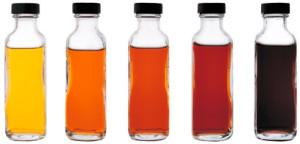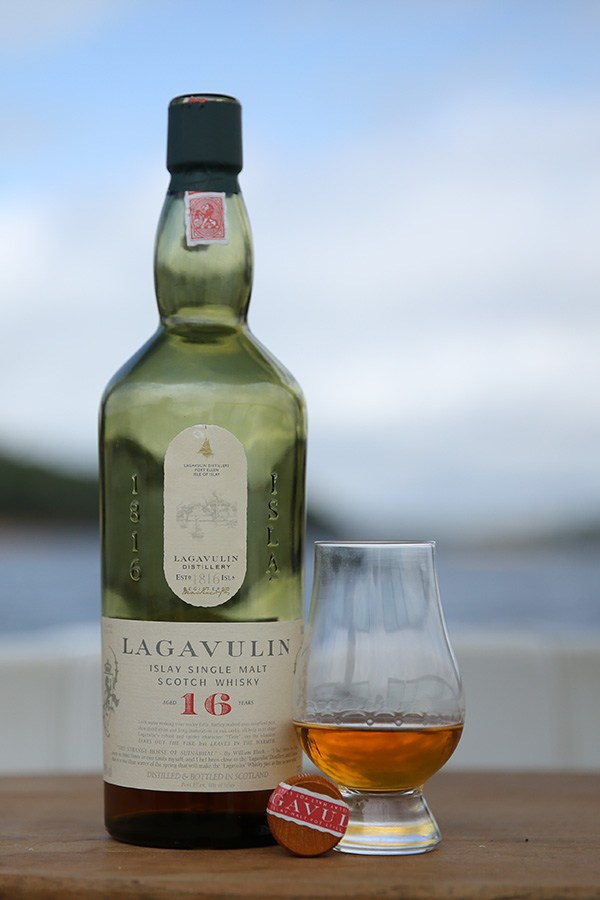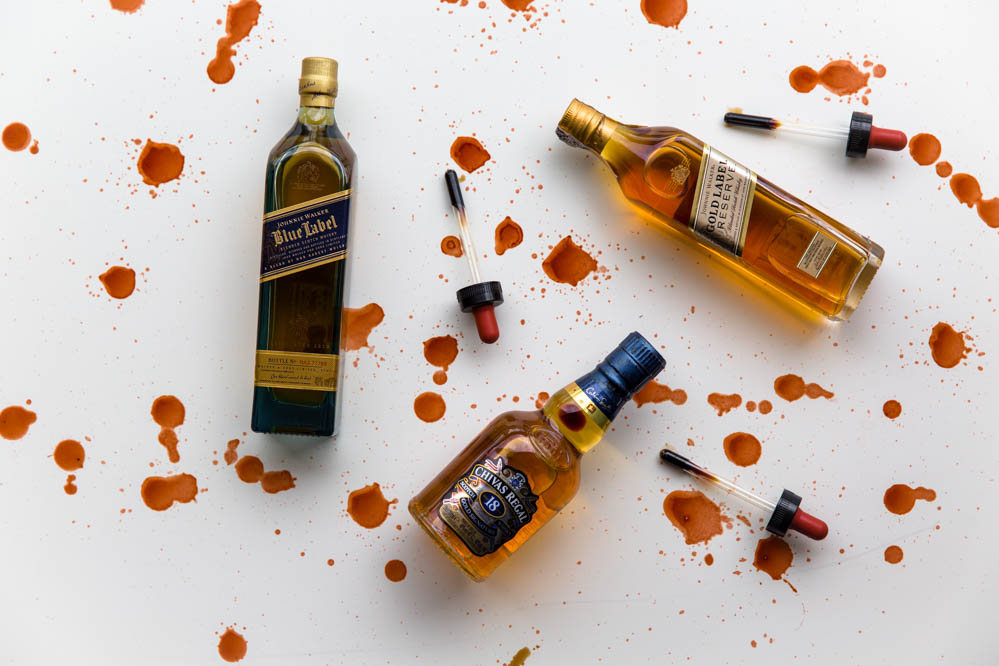Last week I went to the dentist. It was a routine thing – a scale and polish. Even though there was nothing in particular to be done, I made an optimistic statement: The days you go to the dentist make you appreciate even more the days you don’t. It’s not about the appointment itself. I’m not afraid of the little drill thing, or the mini vacuum, or even the thing that looks like a tiny pick axe and makes an annoying high pitch noise when it pricks your gums. It’s not about the dentist either, because mine is a sweetheart. The problem is the aftermath.
All the recommendations came once my appointment had finished: No coffee, no chocolate or anything with any colouring until tomorrow. That’s means no Coca-Cola, no ketchup and no jelly – and don’t even think about accepting the sweet from the Uber driver, unless you want radioactive-green teeth. What about whisky? Whisky contains colouring, doesn’t it? The majority do, so best not. My world came crashing down. I haven’t had dental problems to this day – but I’ve just come up with one. Thank goodness I didn’t drink whisky when I was a child, otherwise I would hate the dentist for the rest of my life.
It’s the plain and simple truth. Most whiskies that we drink contain colouring – the so-called caramel colouring or caramel colour. It’s food colouring produced by heating carbohydrates or sugars in the presence of acids, bases or salts. In more simple terms, it’s the burning of sugar, such as fructose or glucose, so that they acquire a dark colouring. There is more than one type, but the most common is known in the United States as Class 1, and in Europe as E150. E150 is also divided into classes, ranging from A to D according to colour and production process. The most widely used in the whisky industry is E150A.
According to the Scotch Whisky Association regulations, in order for a whisky to be labelled as Scotch Whisky, only water and caramel colouring can be added to the spirit. Also, according to these regulations, only plain caramel (E150A) can be used in the UK. In Europe, on the other hand, other classes of E150 are allowed.

In the United States, the story is more complicated. According to the Alcohol and Tobacco Tax and Trade Bureau, certain whiskies may use up to 2.5% caramel colour in their composition. This percentage may be higher, however, if the use is customary for a certain drink (such as the tradition of adding copious amounts of caramel colouring to whisky). Yet nothing is so simple. The Code of Federal Regulations – the law that sets the rules for American whiskies – bourbons (whether straight or not) cannot use any colouring. This means that the colour of that beautiful bourbon is one hundred percent natural and comes from maturation in the barrels. Maybe someone should have told my dentist that.
Virtually the same rule applies to other classes of whisky. However, for these, the use of caramel colouring is only prohibited if they use the word “straight” on the label. Whiskies made from rye, corn and wheat may use Class 1 colouring in their composition. It’s just that if they do, they can’t be labelled Straight Whisky, which, to tell you the truth, doesn’t seem that serious to me. Let’s face it, no consumer is going to negotiate the path with so many rules, unless they’re a real whisky geek, which I assume you must be because you’re reading the sixth paragraph of this post.

Certain legislation requires the use of E150 to be declared. The best-known example is Germany. All whiskies that contain caramel colour sold in the country have to include the words “mit Farbstoff” (with colouring) on their labels, even if it is on the back. As some producers have labels for the global export market, it is rare, even in Brazil, to find a whisky with these words on the label.
CONTROVERSY
Many claim that the use of caramel colouring in whisky affects its taste. Others swear on their distillates that it doesn’t. there are excellent arguments for both sides. According to a recent report on the site Vinepair, a panel of ten people from the Master of Malt website, tried to identify the taste of the colouring in several whiskies through a series of tests. They failed. On the other hand, there is the argument that the caramel colouring itself has a rather distinctive flavour, and although it is discreet, it changes the flavour of the drink.
You may be wondering why caramel colouring is even used in the world of whisky. After all, it would be easier to simply abandon its use and avoid controversy. However, life, my dears, is not that simple. There are shades of grey – or rather of barrels. The maturation of whisky isn’t an exact science. In the case of single malts, certain barrels will transfer more colour to the drink than others. In the vast majority of single malts, these barrels are mixed, creating batches. The problem is that since each barrel has a different hue, the colouring from each may differ from batch to batch. So, the make sure that single malt is always the same colour you recognise, caramel colouring is used for standardisation. Many renowned malts adopt this practice, such as Dalmore, Glenlivet, Glenfiddich and Lagavulin.

In the world of blends, the reason is the same, but even more justifiable. What we look for in a blended whisky is consistency. That’s why the recipes for blended whiskies are not usually publicised. The producer can simply substitute one single malt in the mix for another with similar sensory properties, according to the stock available. You can even change the proportions so that the flavour of the blend remains unchanged. However, keeping the same taste could lead to a change in colour. The way to avoid different batches of the same blend being different colours is by using E150.
This Dog has no fixed opinion about caramel colouring. However, he believes, like many things, it’s not worth worrying about. Of course, caramel colouring can be used to hide the poor quality of a barrel, or to make an absurdly young whisky pass for a more mature one – even more so today, with increasing consumption and the launch of young whiskies.
More importantly, however, there is one thing that is not affected by caramel colouring and that should overrule any discussion on the subject: Satisfaction. If a certain whisky tastes good – being young, mature, simple or complex should be entirely irrelevant. That is, unless you want to be a dentist – then you should just stick to water.
